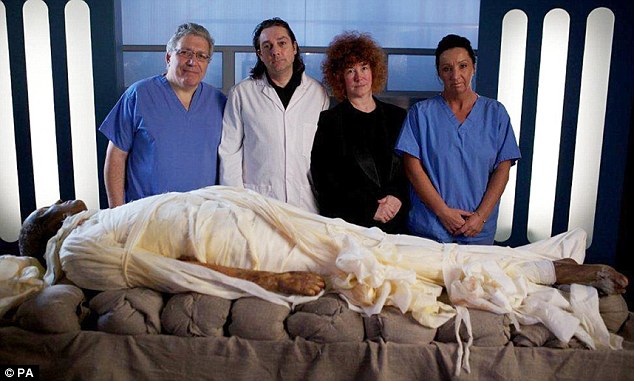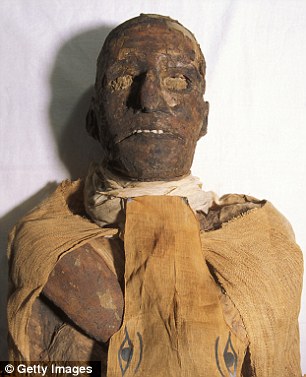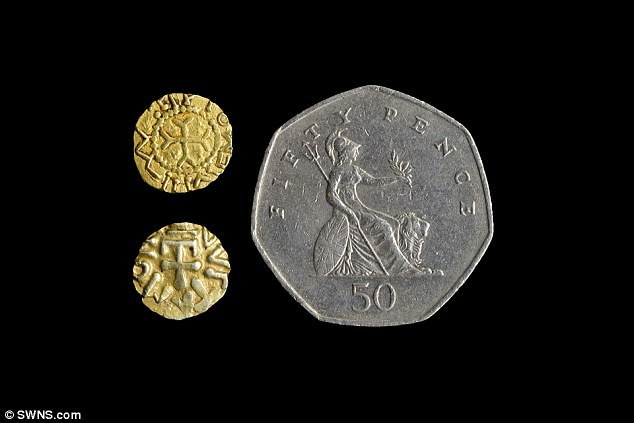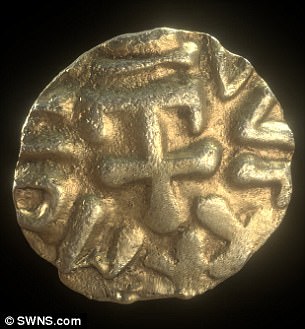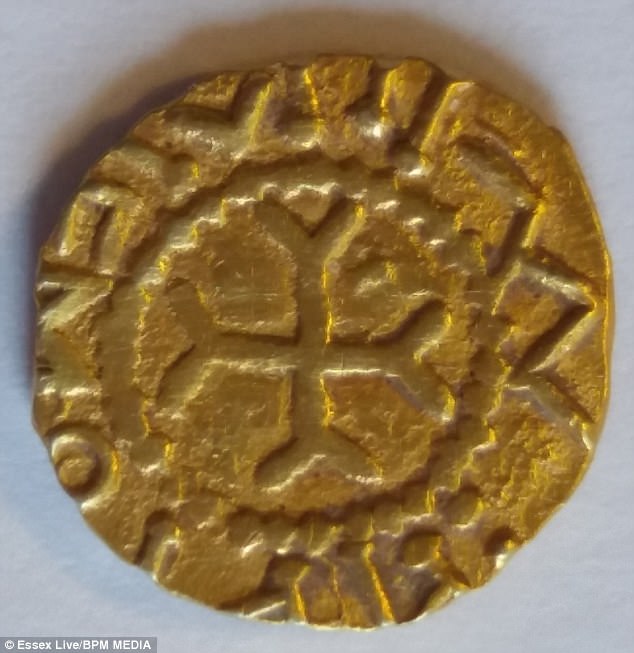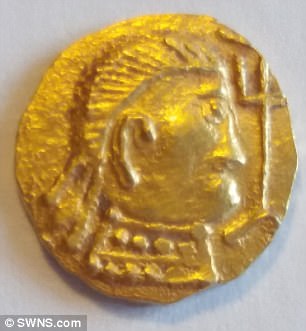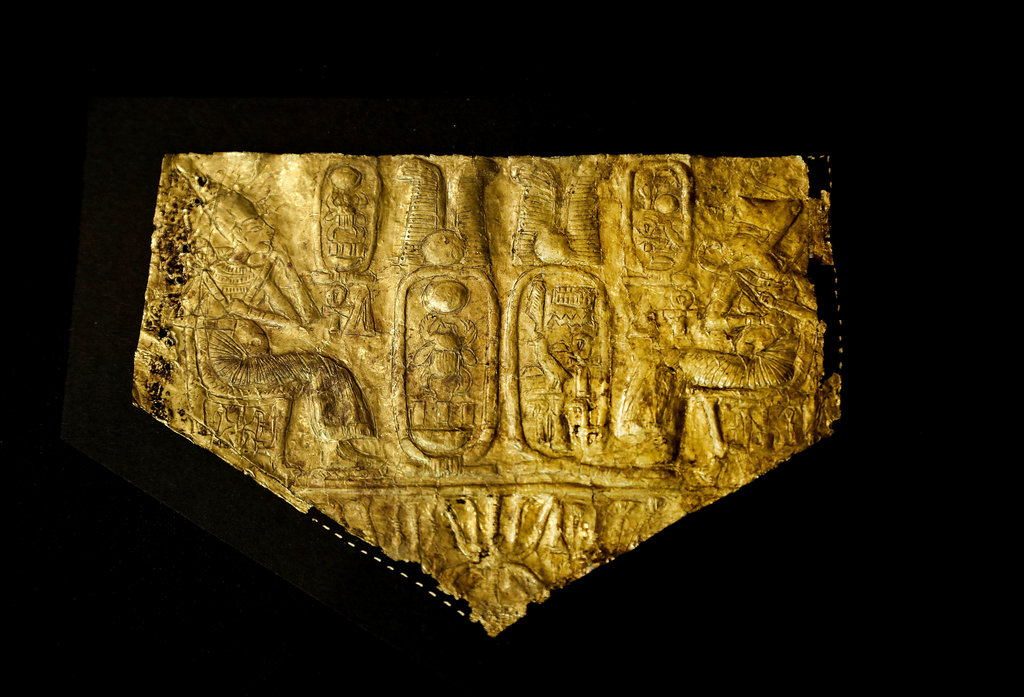Amateur Canadian Explorers Accidentally Discover 15,000-year-old Caves Below Montreal
/It's not every day someone uncovers portal into ancient history, so you can imagine it came as quite a surprise to these two Canadians when they accidentally broke through a limestone wall and fell into a huge cavern network from the last Ice Age. These amateur explorers were digging around in an existing cave with hammers and drills until they made this historic breakthrough discovery into an ancient world dating back 15,000 years.
It was Daniel Caron and his friend, Luc Le Blanc, who made the discovery. 'Normally you have to go to the moon to find that kind of thing,' Daniel Caron, one of the explorers, told The Canadian Press.
It's 650-foot long, 9-foot wide cave with a 20-foot ceiling above a lake. Caron believes the caverns were created during the Ice Age when pressure from the massive glaciers split the rock apart. Made from thousands of years of dripping water, stalactites hang from the ceiling with a 15-foot deep lake that they had to use an inflatable boat to cross.
Cave explorer Daniel Caron points to a wall of a cave under a park in Montreal
The hallway looks almost manmade with vertical walls and horizontal ceiling. Perhaps they stumbled upon the legendary Mines of Moria?! Well, so far there are no signs of dwarves or orcs so it seems this is a natural network of inner earth caves.
Francois Gelinas, the director of Quebec's speleological society told The Canadian Press, 'They built the street over the cave and they never found the cave. There is no technology available to detect the presence of caverns. Underground excavation is the only thing on the planet where there is no scientific, technical or technological means of knowing if there are caverns, and whether they are large or small,' he said.
Check out the video of these ancient caverns!







